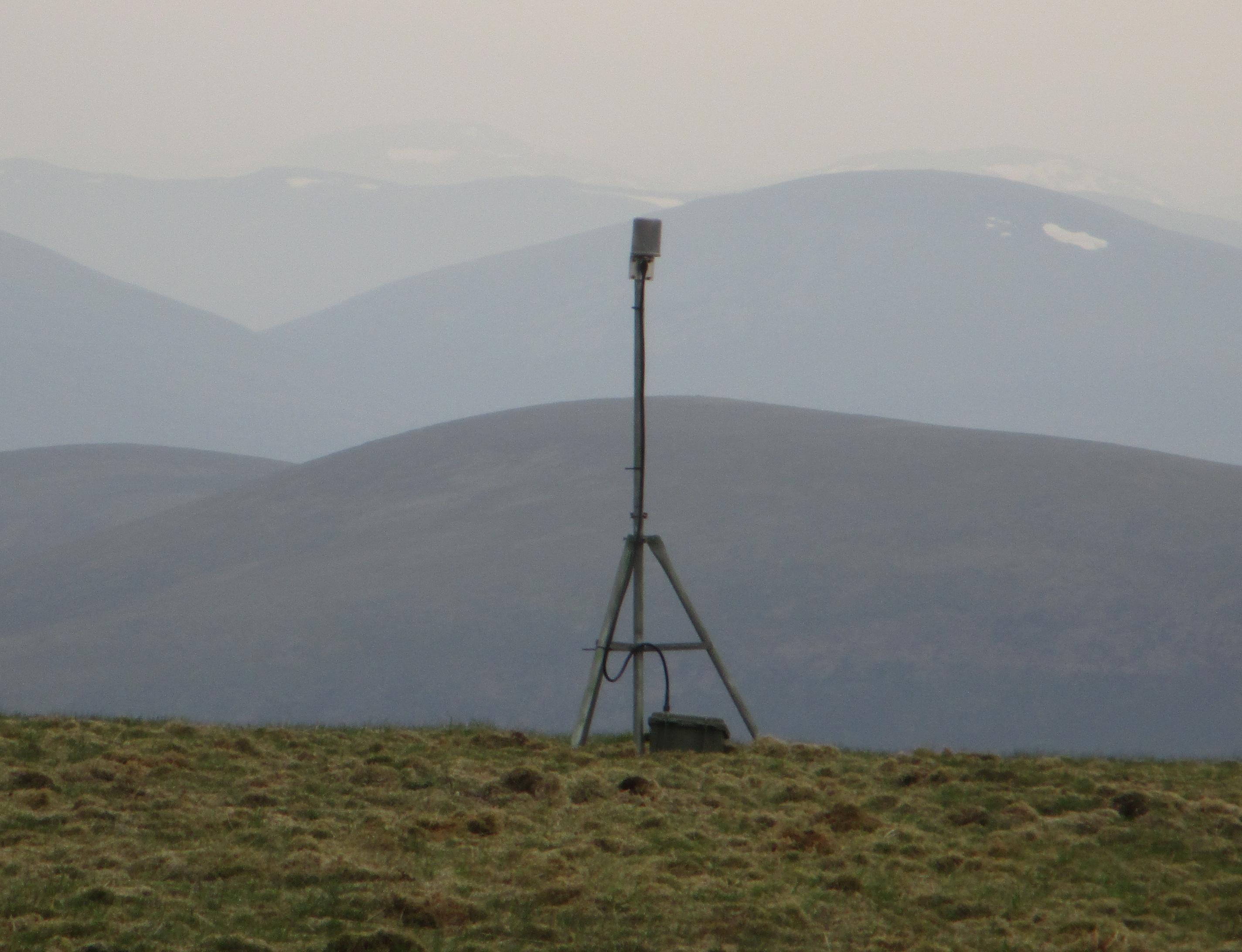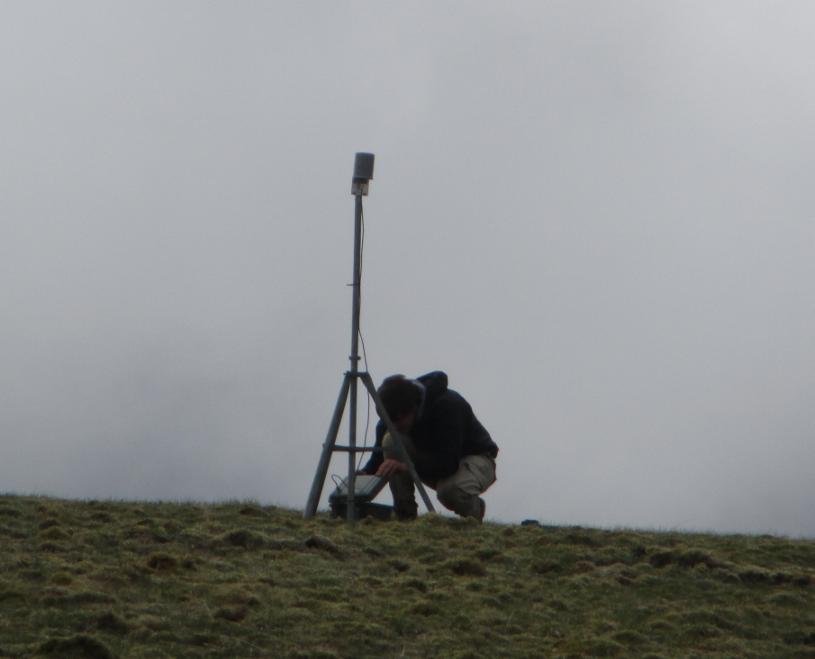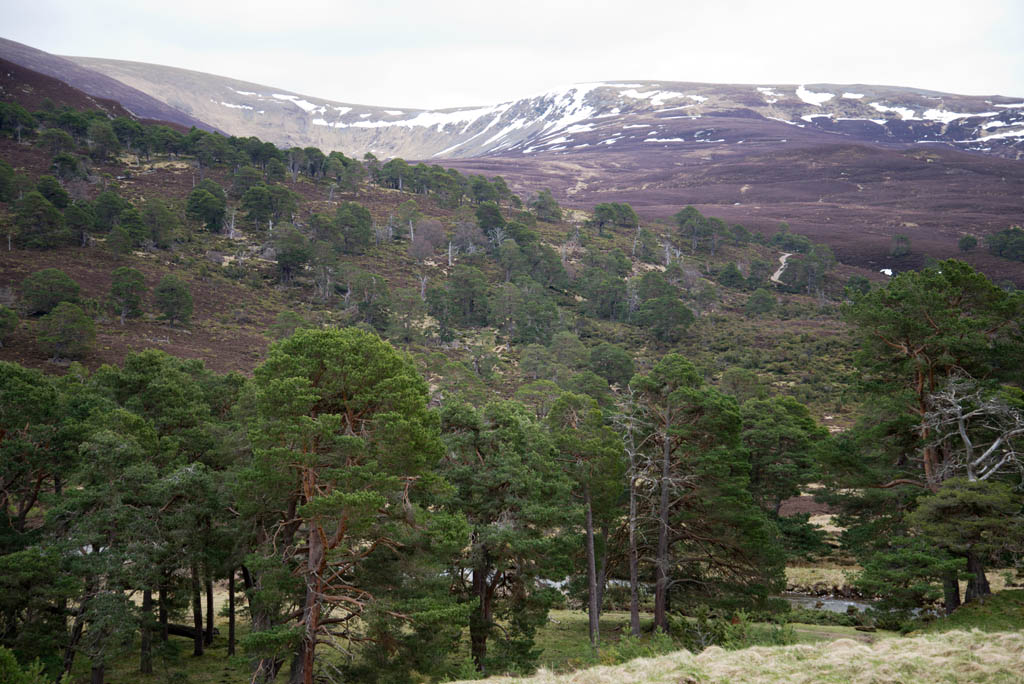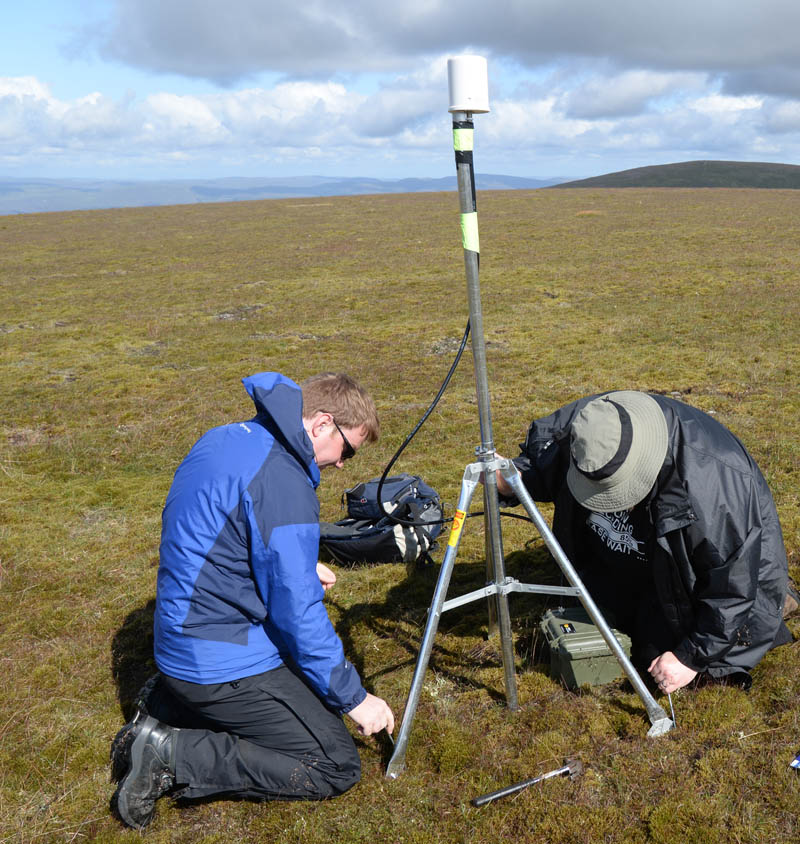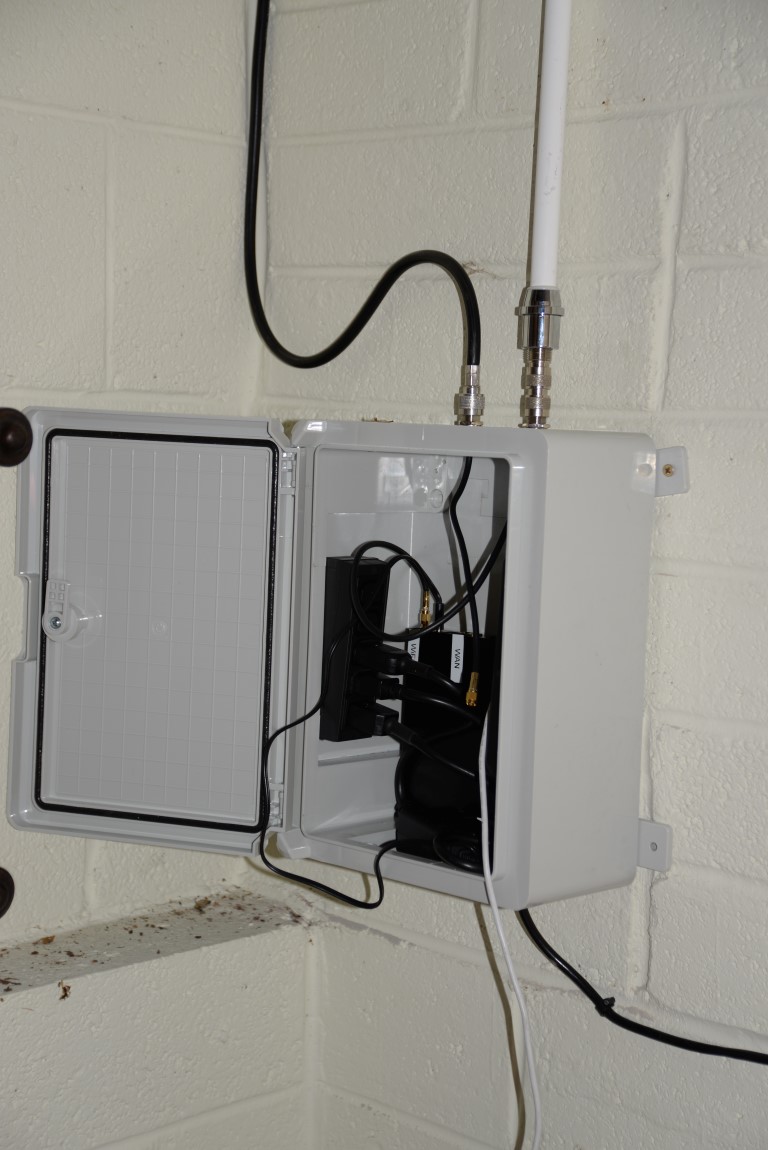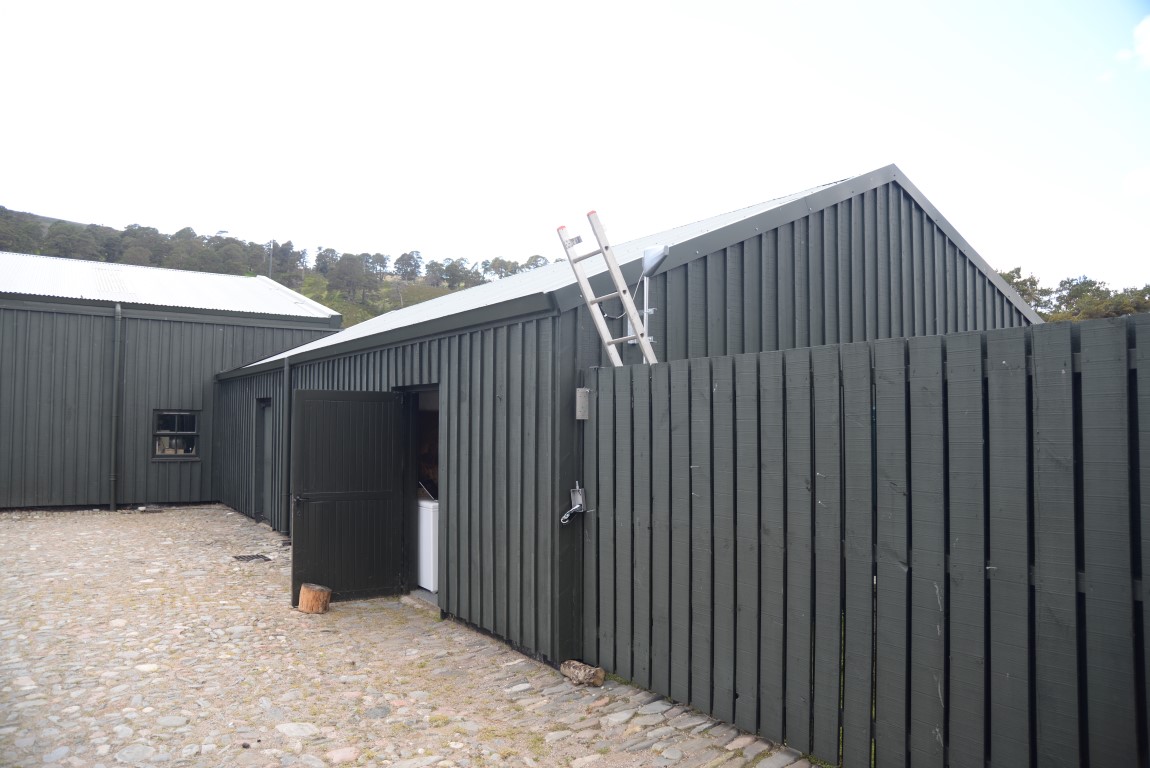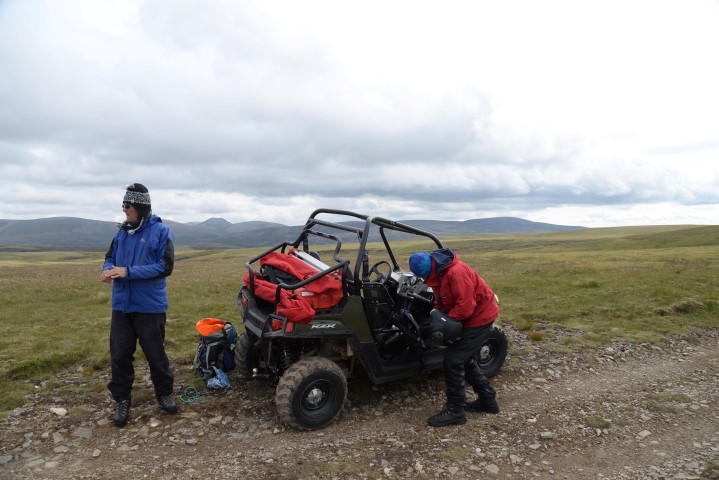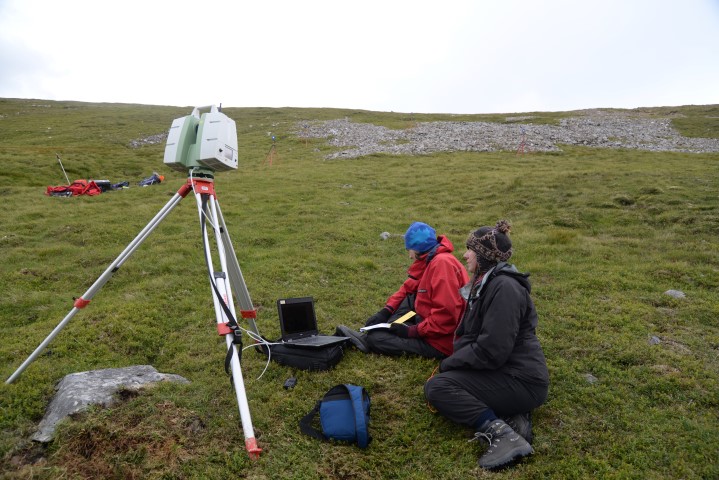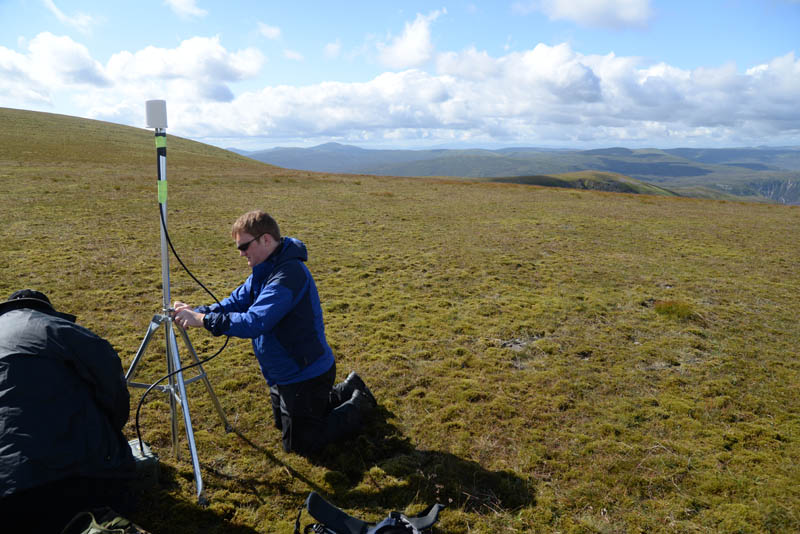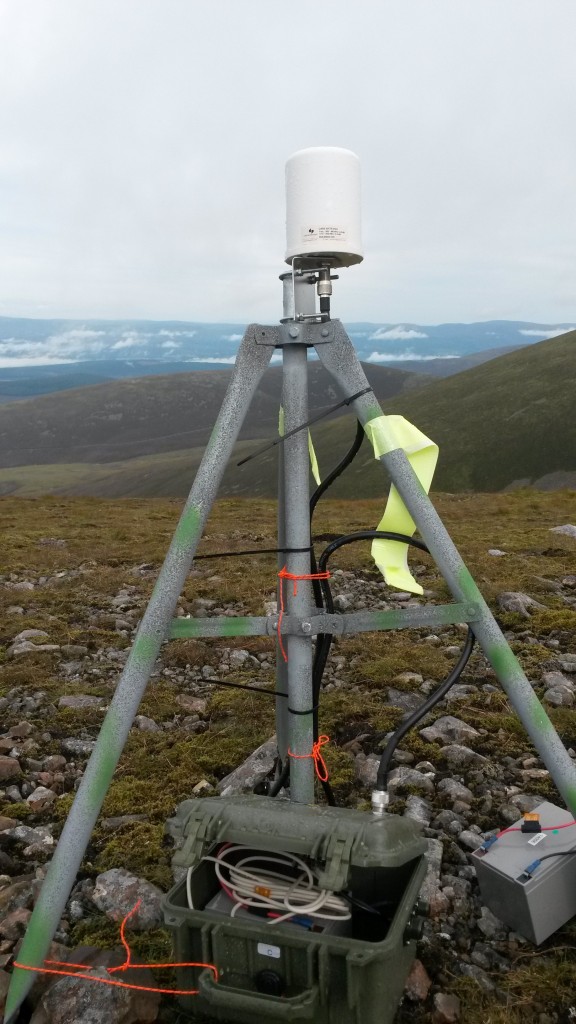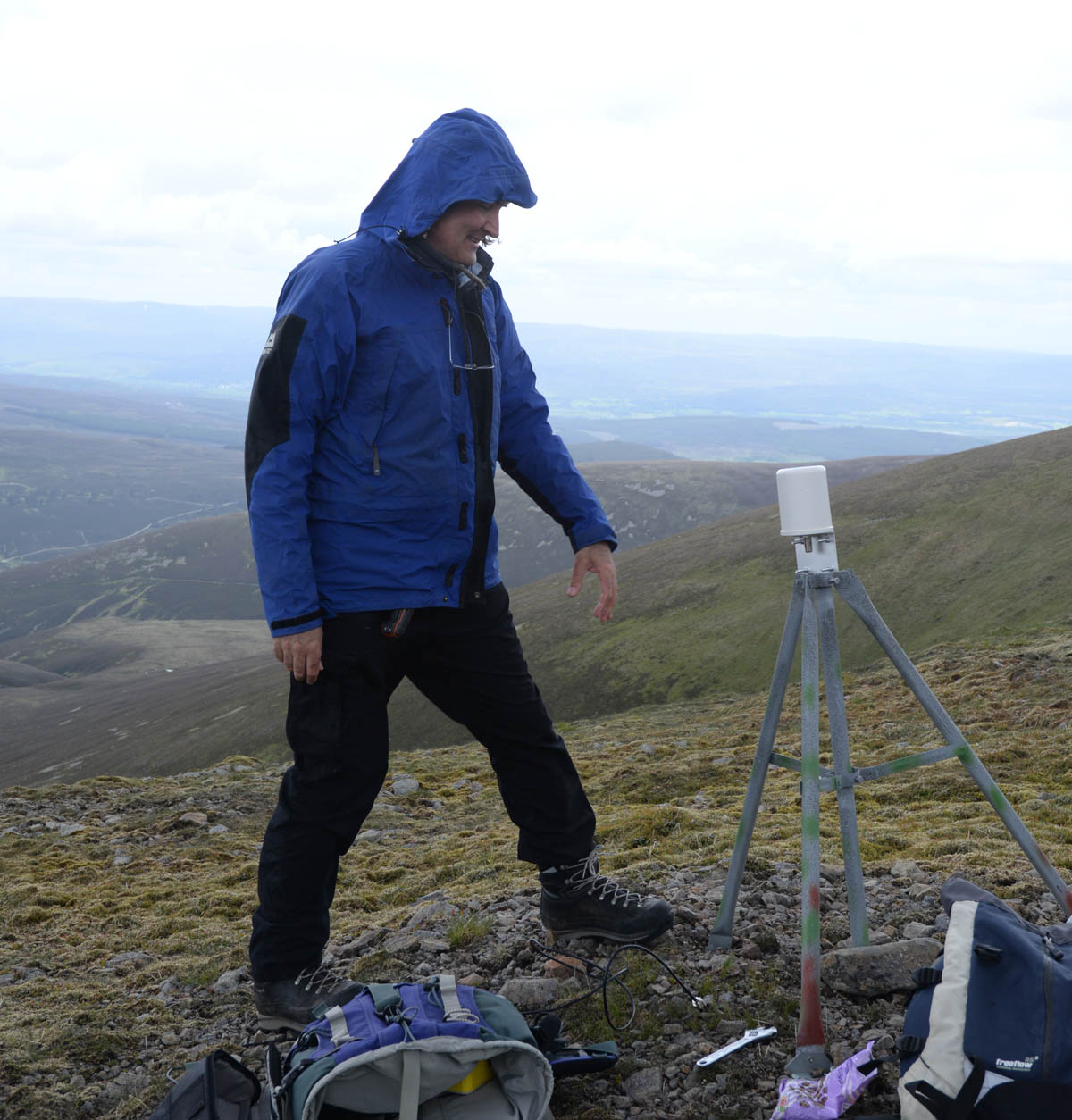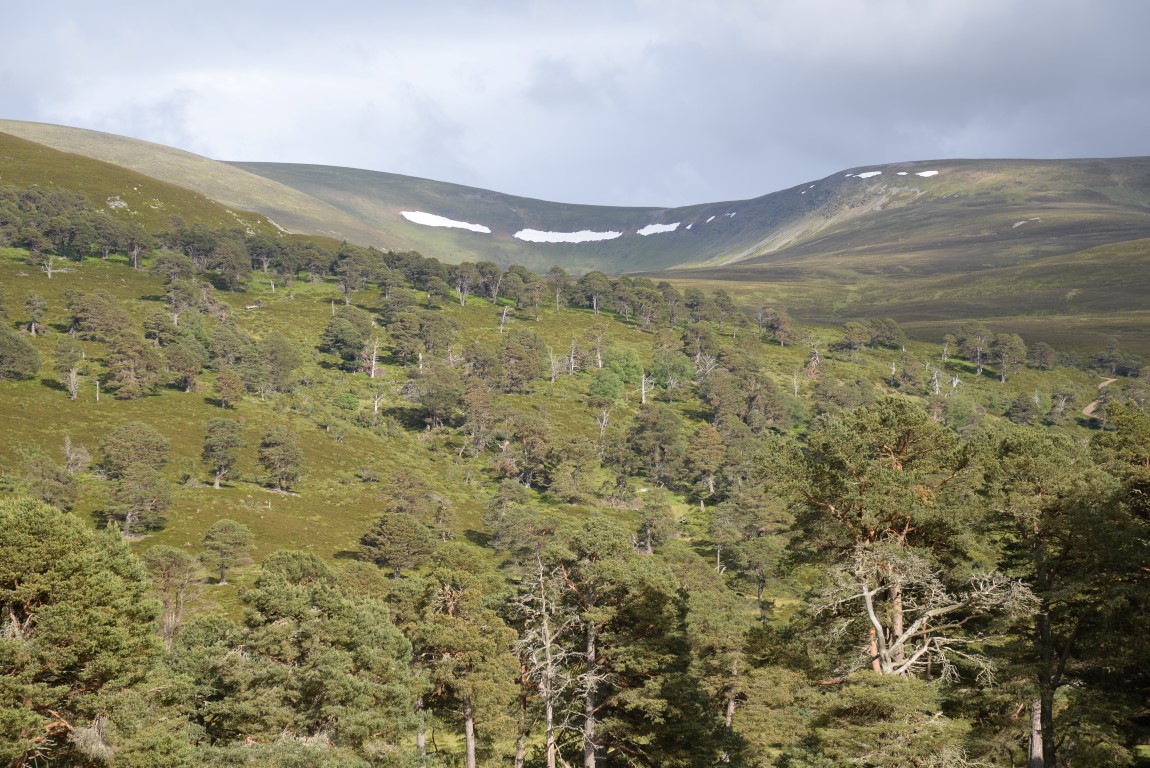In order to cover the study area over the ridge – we placed this sensor node in a strategic place so it passes traffic across. By this time the packets have come 3km up to the mountain then 1km across to this node – then another 600m down to the peat area.
All this with 868MHz radios running IPv6 (6LowPAN) and CoAP to gather the data!
Arthur – our superb intern team member this summer has worked very hard to get the CoAP layer working for the system and has now seen it in action on the mountain.

